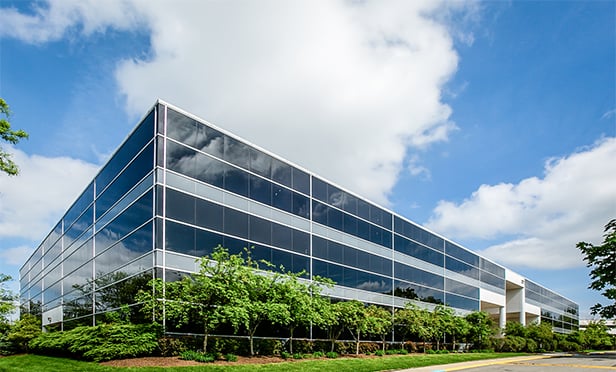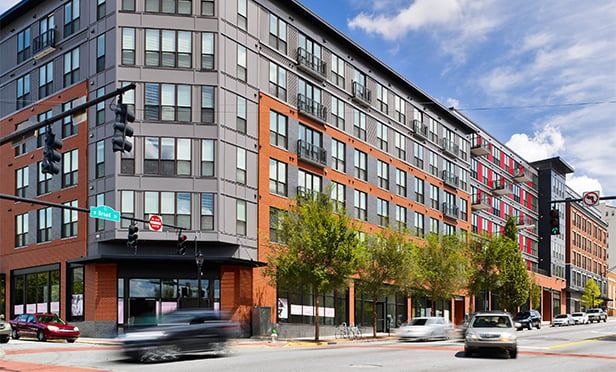SAN JOSE—Baby Boomers put high value on authenticity. That is according to Robin Weckesser, president of a3 Workplace Strategies, a workplace consulting group based in San Jose. In the exclusive Q&A below, he chats about Baby Boomer's “tell it like it is” mentality, demographic implications for workplace design and more.
GlobeSt.com: How have demographics changed at the workplace?
Five generations now work side by side in many workplaces: the “traditional” generation (born pre-1945), Baby Boomers (1946-1964), Generation X (1965-1980), Generation Y (1981-1995), and Generation Z (after 1995). We need to be sensitive to the different skills and attitudes of each generation as well as dramatic technological advancements.
Recommended For You
Want to continue reading?
Become a Free ALM Digital Reader.
Once you are an ALM Digital Member, you’ll receive:
- Breaking commercial real estate news and analysis, on-site and via our newsletters and custom alerts
- Educational webcasts, white papers, and ebooks from industry thought leaders
- Critical coverage of the property casualty insurance and financial advisory markets on our other ALM sites, PropertyCasualty360 and ThinkAdvisor
Already have an account? Sign In Now
*May exclude premium content© 2025 ALM Global, LLC, All Rights Reserved. Request academic re-use from www.copyright.com. All other uses, submit a request to [email protected]. For more information visit Asset & Logo Licensing.









